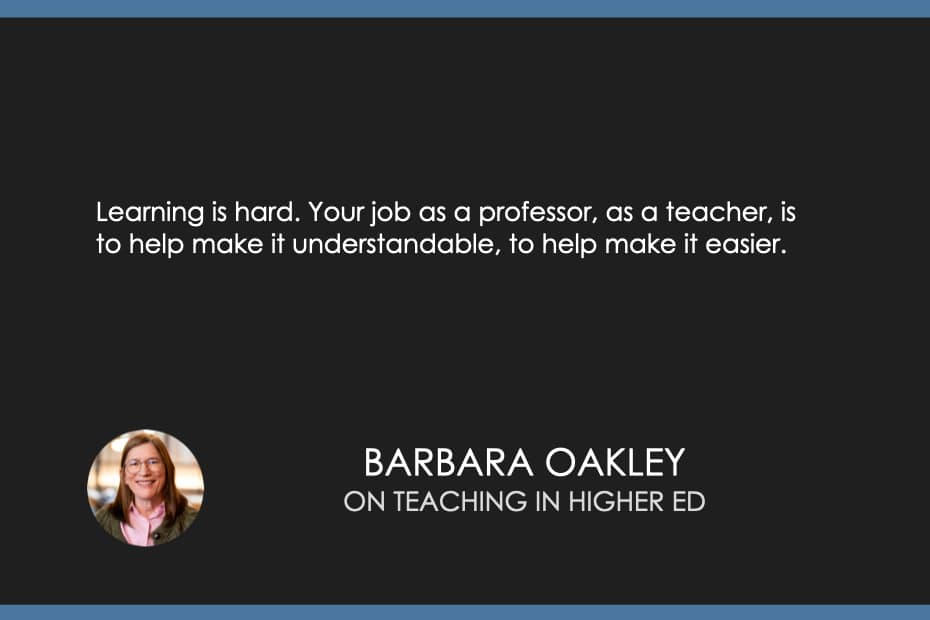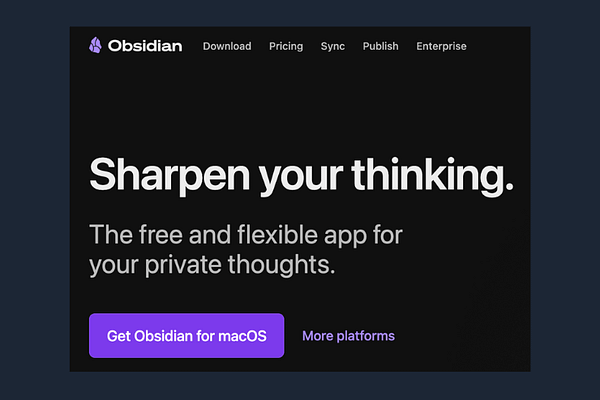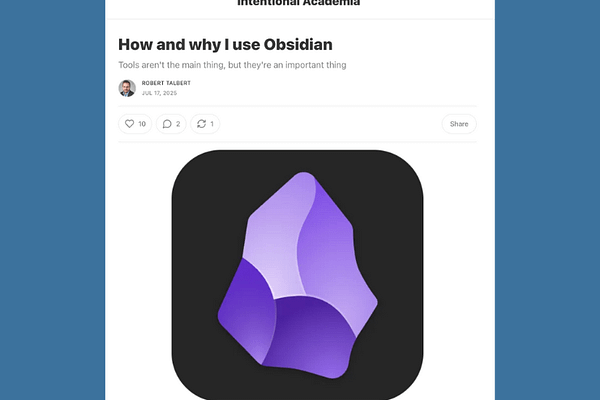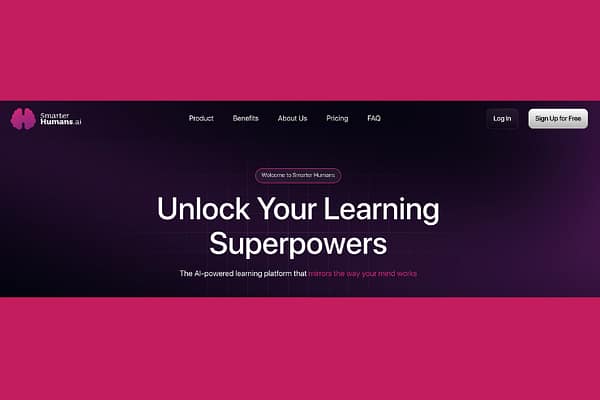Podcast (tihe_podcast):
Play in new window | Download | Transcript
Subscribe: Apple Podcasts | Spotify | RSS | How do I listen to a podcast?
Barbara Oakley shares about her course, Speak Freely, Think Critically, and gives practical advice about teaching on episode 592 of the Teaching in Higher Ed podcast.
Quotes from the episode

If you look at free speech from a historical and neuroscientific perspective, you can get a much better sense of people's motivations and the continuing patterns that we see through history of people being really pro free speech until it affects them.
-Barbara Oakley
Really intelligent people find it very hard to be flexible, to change their mind.
-Barbara Oakley
Learning is hard. Your job as a professor, as a teacher, is to help make it understandable, to help make it easier.
-Barbara Oakley



